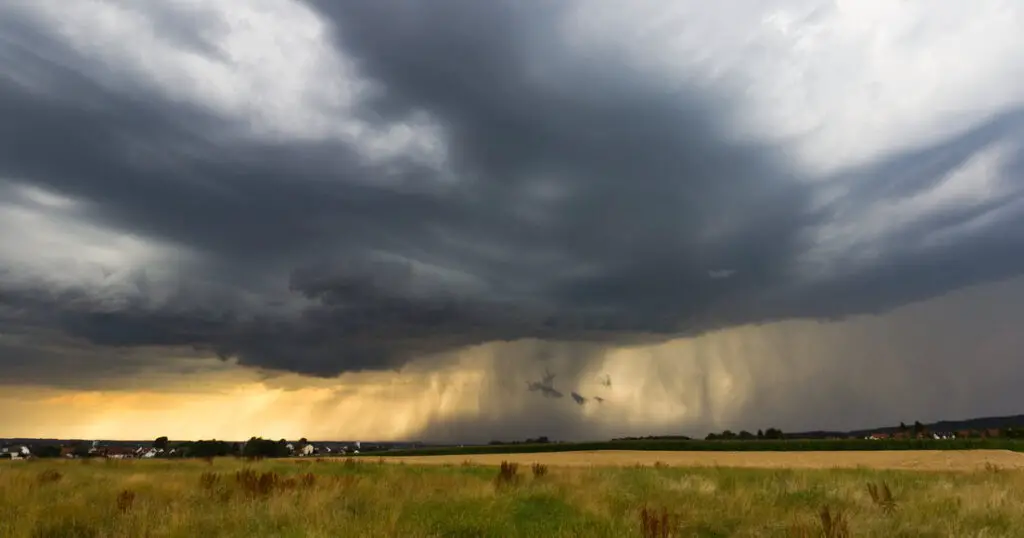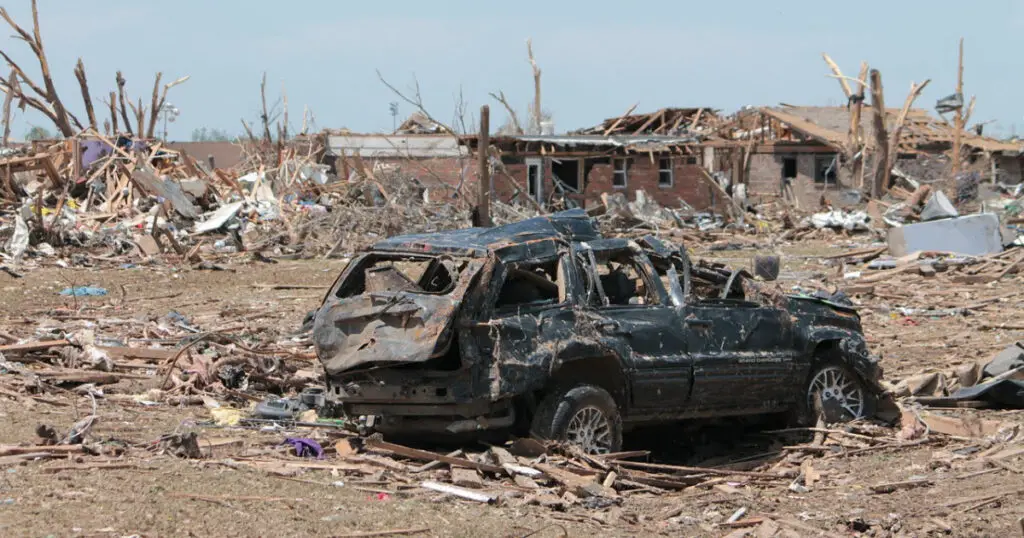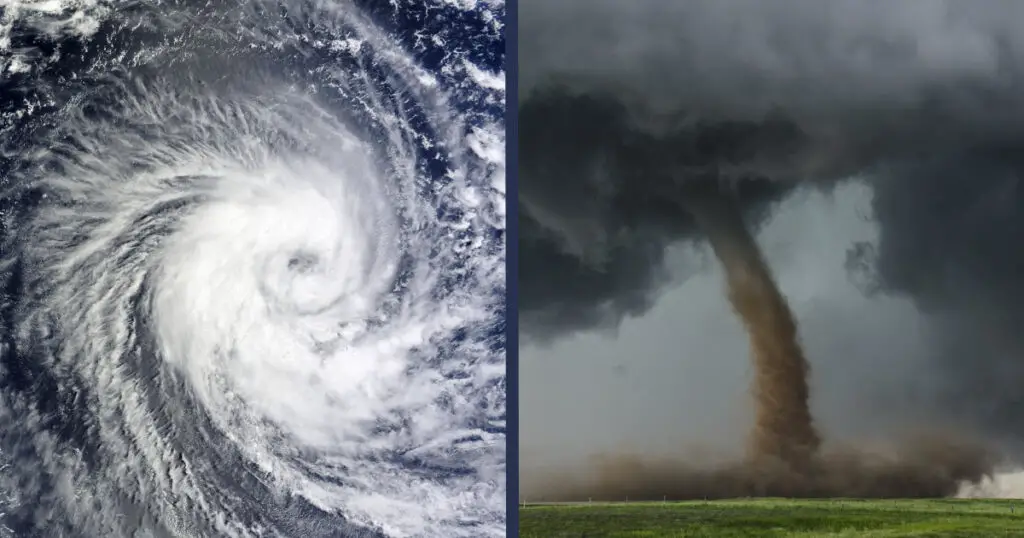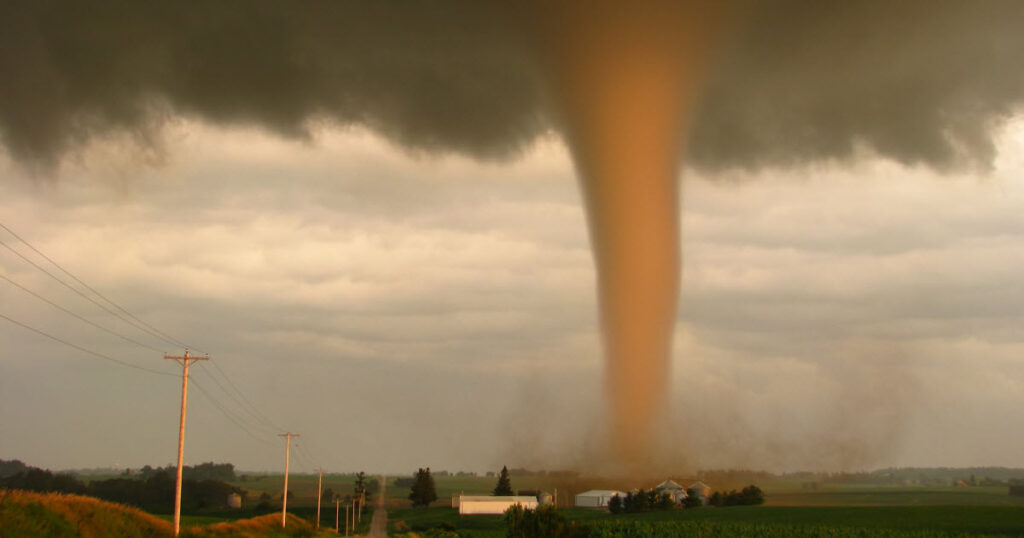Nature has a collection of sounds that can send the icy shiver of fear through us. Whether it is a clap of thunder or a lion roaring. It’s also not a coincidence that nature’s scary sounds come from scary things. Few environmental events are more chilling than a tornado. We are all familiar with tornadoes. If we see one it is time to run and get to cover. However, what about the sounds of these storms, do tornadoes create sounds and if so, are they unique? How far away can you hear a tornado?
In this article we’ll go over how far away you can hear a tornado. We’ll cover the emerging art of tornado audio science and help you understand the various sounds indicate a tornado is coming.
Do Tornadoes Makes Sounds?
Tornado’s generate audible sounds. The type of sound you’ll hear depends on your proximity to the tornado.
When you’re close to it, it sounds like an approaching freight train or roaring jet engine. You’ll also hear rumbles and hisses coming from the tornado.
This short video clip does a nice job of capturing what a large tornado sounds like:
Additionally, tornadoes also cause sounds from their destruction. As it picks up houses and vehicles, these items make sounds of their own. Those sounds don’t come from the tornado itself but are still associated with it.
As we increase our understanding of tornadoes, we’ve realized it makes sounds humans cannot hear themselves. Aside from the grumbles, thuds, and roars that we can hear, twisters also emit infrasound that we cannot. We’ve developed tools that can hear the sounds we cannot, which help us detect tornadoes faster as they occur.
Sounds We Can Hear
Some of the most common sounds coming from a tornado include roars, whirs, and grumbles. These range from a jet engine to a thundering waterfall. However, these sounds are not necessarily unique to twisters.
Most heavy storms product similar sounds. The biggest difference with tornadoes is the sound concentrates in a smaller area and may be louder. This may also make it easier to identify. Sounds produced by a tornado are different from other storms simply because of their concentrated sounds.
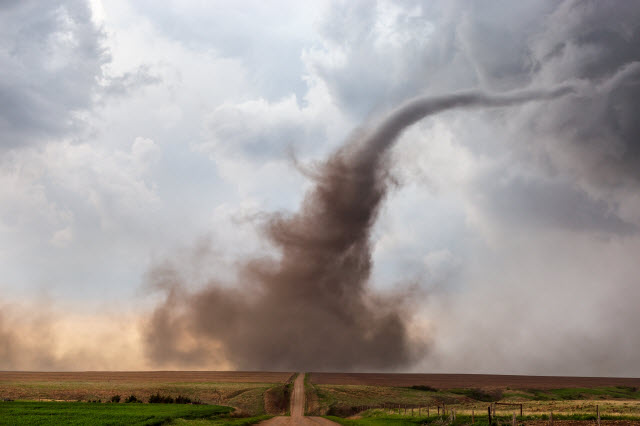
Up close the sound produced by a twister can be deafening. Using these sounds to identify storms is unlikely to produce accurate results. There are ways to differentiate the audio produced by twisters compared to other major weather events.
Why Tornadoes Are So Loud?
Anyone who has been up close and personal with a tornado testifies to how loud they are. So, why does this happen?
As mentioned, tornadoes produce sounds in much the same way as other storms, albeit with the caveat those sounds are more concentrated and louder. These sounds happen because of the vortex of air moving around at great speeds within the tornado. Think about how wind whistles on a normal day or increase the experiment by thinking about how loud wind can be if you open a car window on a highway.
Importantly, tornadoes move air at greater speeds than a car zooming down the highway. Of course, that thunderous air movement also disrupts objects and often destroys them, causing even more deafening sound.
| Related Posts |
|---|
Infrasound
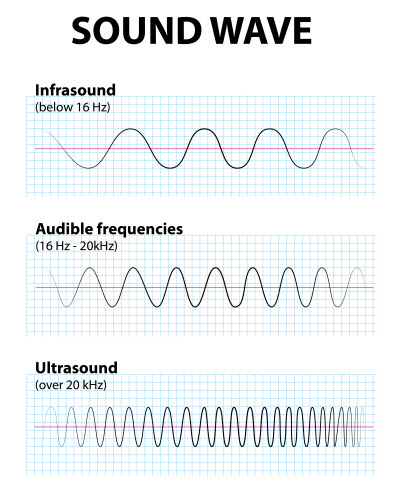
Scientists are increasingly understanding tornado sound comes from the potential infrasound produced by twisters. All storms emit low-frequency sounds. However, infrasounds may also be sent out by a twister before it forms, maybe up to an hour before.
This potentially helps storm spotters detect tornadoes long before they happens. If this information can be developed, evacuations can be made ahead of time, saving more lives.
Early studies in this area have been hugely positive. Brian Elbing of Oklahoma State University conducted a study into tornado infrasound, which he them presented to the Meeting of the Acoustical Society of America. He demonstrated how he could use microphones to detect a tornado 10 minutes before it formed.
Currently, the best the infrasound detection can achieve is that 10-minute pre-storm window. As the technology improves so will the window of time for detecting a twister. Furthermore, the study was able to estimate the diameter of the tornado, in one instance 150 feet. Later official storm reporting found this estimate to be correct.
How Infrasound Detection Works
It’s important to understand exactly what infrasound is and how it works. While the science is still evolving, it is thought infrasonic sounds relate to pressure. In terms of a tornado, the sound happens through pressure fluctuations in the swirling center of the storm.
The constant compression and expansion of air produces sounds that are not audible to the human ear.
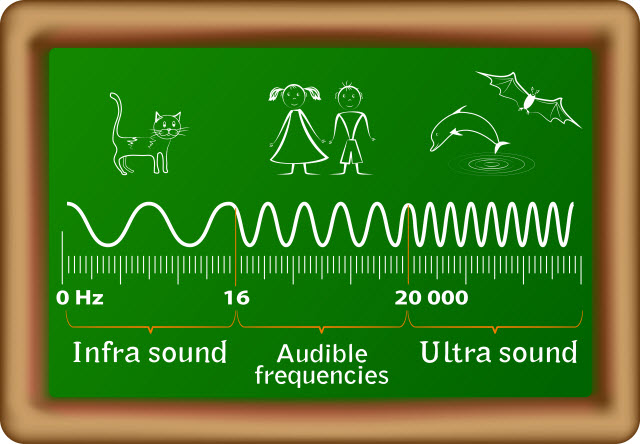
However, that does not necessarily mean the human body cannot perceive these sounds.
In fact, infrasound is thought to be capable of causing behavioural changes in people and has been forwarded as a possible cause of mass hysteria events such as the infamous Dyatlov Pass incident.
Either way, we now know infrasound exists and that tornadoes produce it. Perhaps more importantly is this sound starts to be produced before the twister forms. By tracking the sound, it is possible to predict the tornado, including its size.
Scientists can track this infrasound from miles away by placing small microphones at distance intervals. Of course, this is still early days, but the signs are extremely positive. As more data is gathered and infrasound technology improves, there could be a future when tornadoes can be predicted accurately before they occur, all thanks to the sound they emit.
